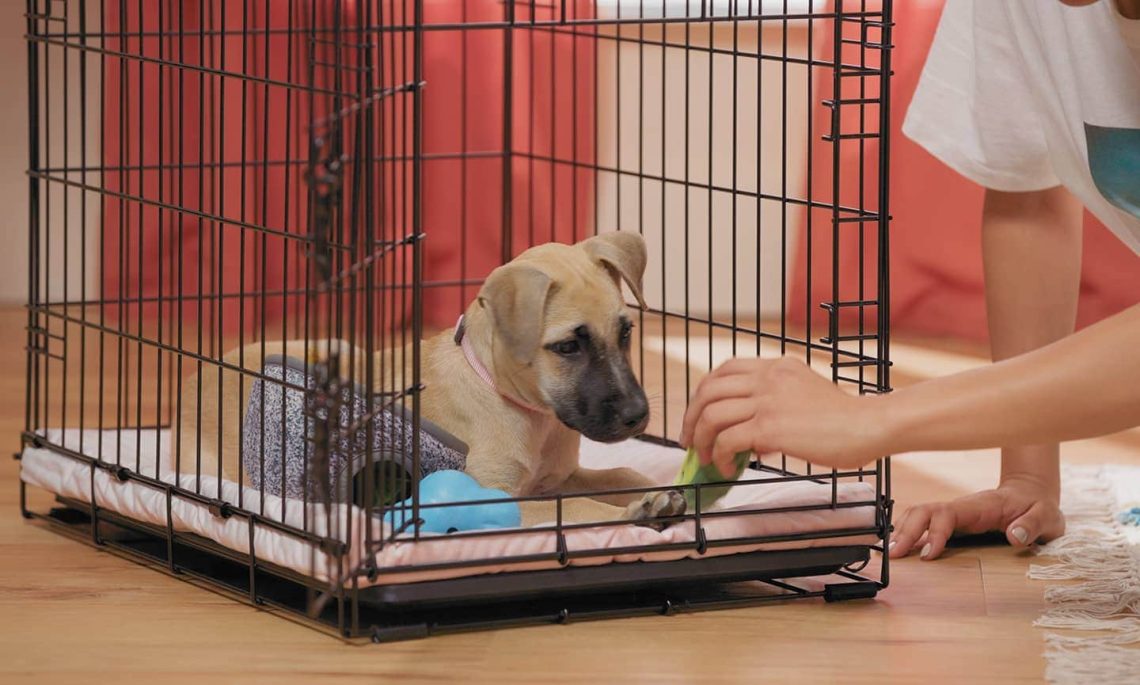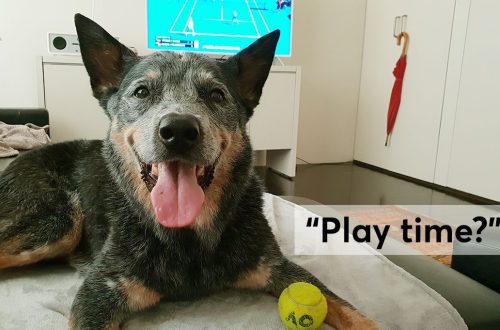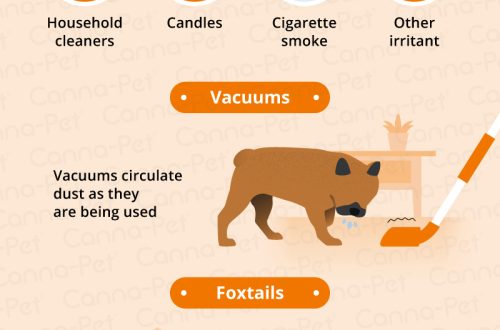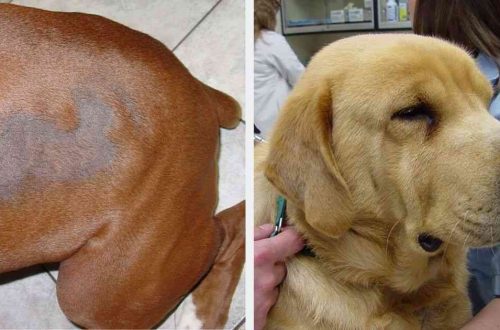
Cage training a puppy
Caging/carrying a puppy is essential for safety, prevention of injury, keeping the house clean, and for transportation while traveling. When you cannot take your pet with you, it should be in a safe place such as an aviary or dog carrier. It should be spacious enough so that the puppy can comfortably stand in it to its full height and turn around when it grows up.
It is best to introduce your puppy to the carrier in a playful way so that he learns to enter it on command. When it’s time to feed, grab a handful of his favorite food and take the puppy to the carrier. After irritating the pet a little, throw a handful of food into the carrier. And when he runs into there for food, say loudly: “To the carrier!”. After the puppy finishes his treat, he will come out to play again.
Repeat the same steps 15-20 more times. Gradually move away from the carrier/enclosure each time before dropping the food into it. In the end, all you have to do is say “Carry!” and wave your hand towards the empty carrier – and your puppy will follow the command.
If possible, put the carrier where the family spends the most time so that the puppy comes there from time to time. You can encourage him to spend time in the carrier by putting Hill’s puppy food or toys in it.
The main thing is not to overdo it with keeping the animal in the carrier / aviary. A puppy can sleep in it all night or stay there for up to four hours a day, but if you are away for a long time, he needs more space until he learns to control his bowels and bladder.
During the day, you can use a puppy-safe room or playpen with a paper-floored floor, and then send him to sleep in a carrier at night. (There is not enough space in the carrier to keep a pet there for days).
When a four-legged baby whines or barks indoors, try to ignore it. If you release it or pay attention to it, then this behavior will only increase.
It is essential that the puppy stop barking before you release it. You can try blowing a whistle or making some unusual sound. This will make him calm down to understand what the sound is. And then, while the pet is quiet, you can quickly enter the room and release it.
Most importantly, remember that the place where you keep the puppy should be a safe zone for him. Never scold or treat him roughly while he is inside.





